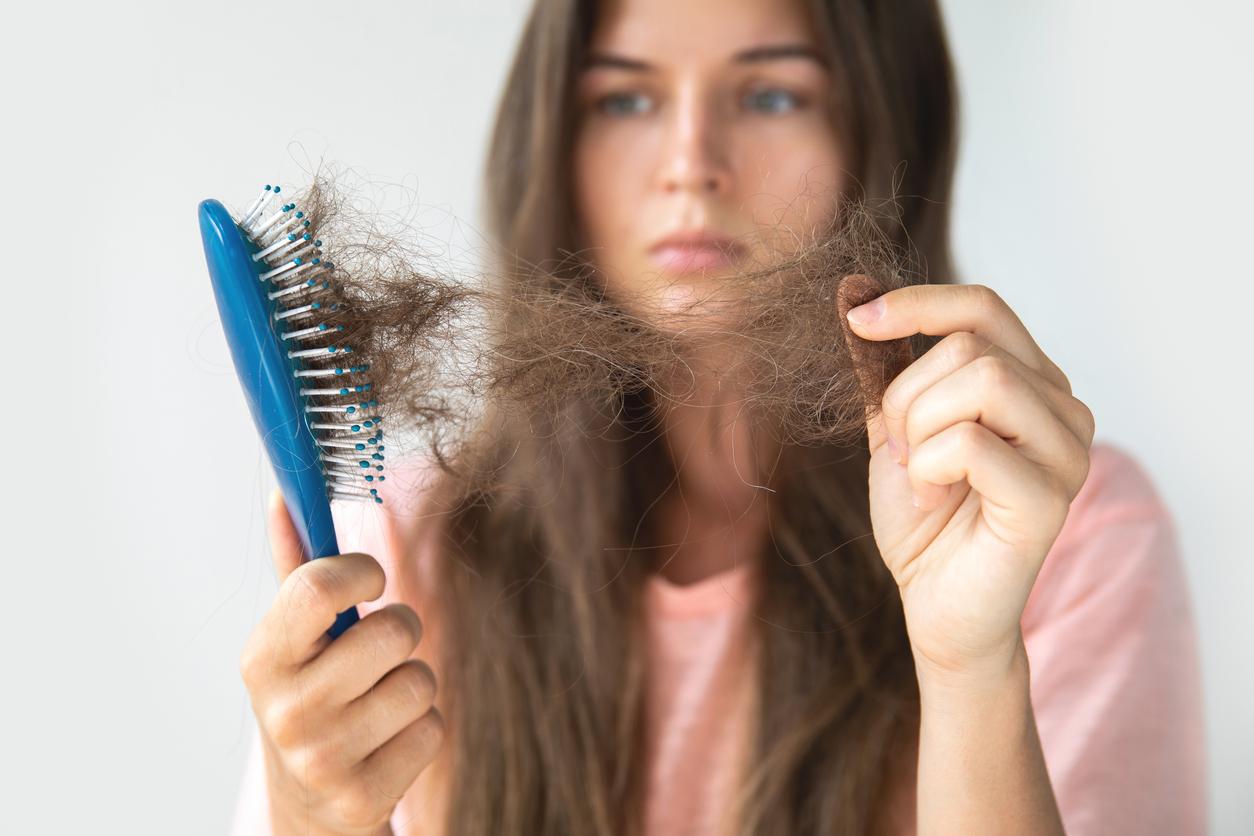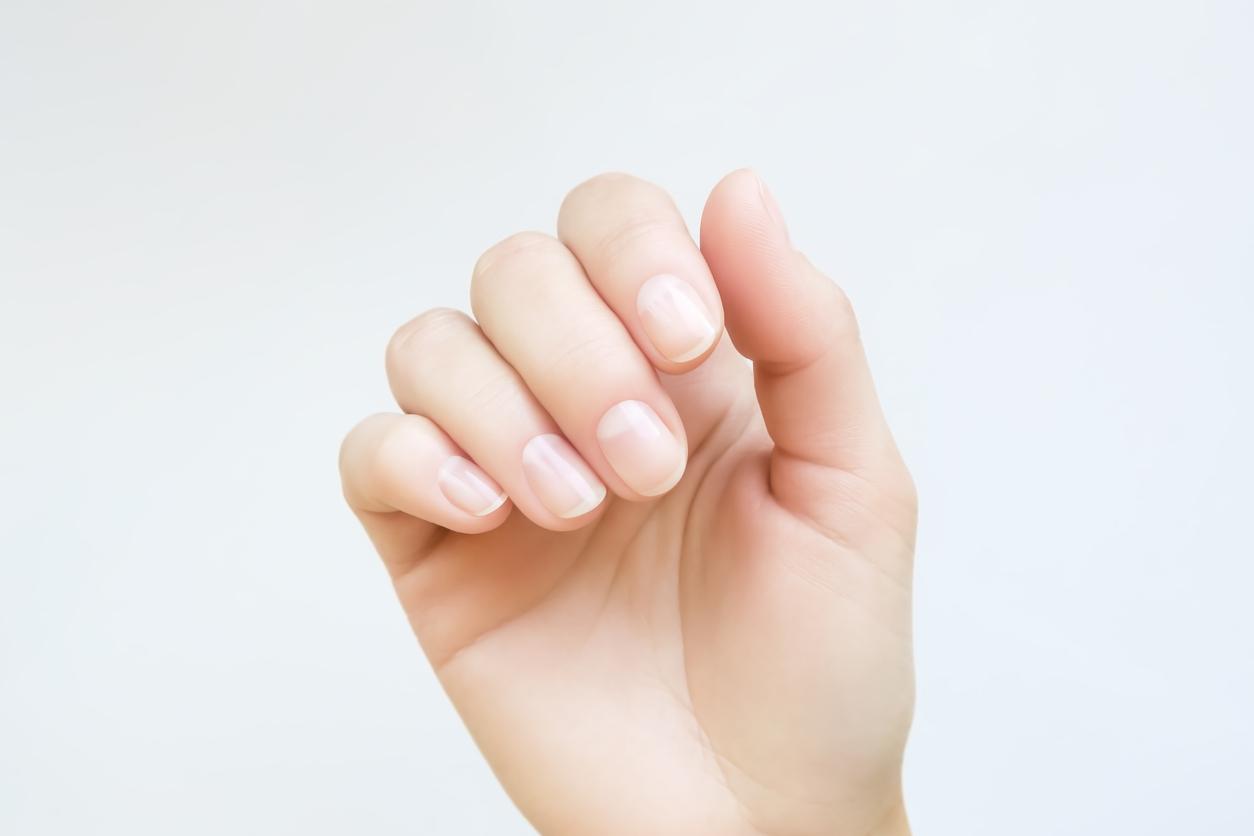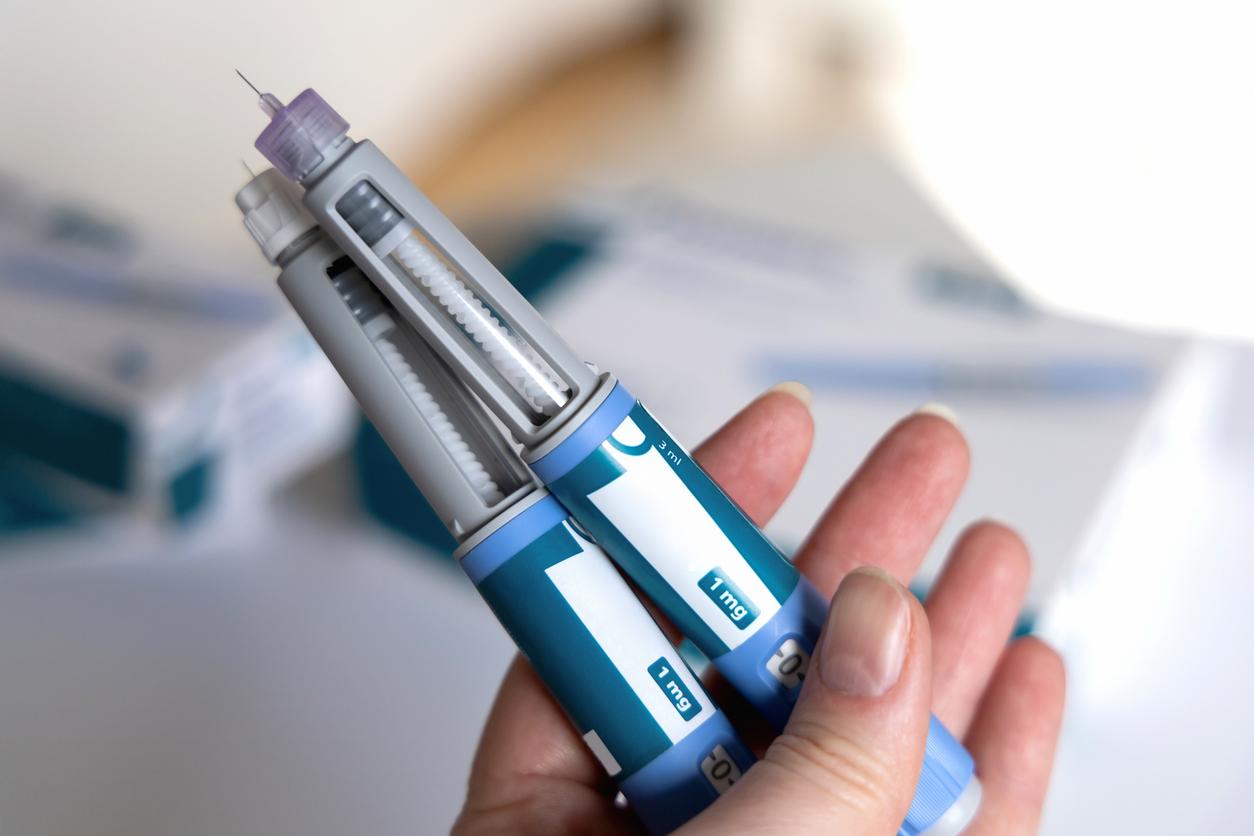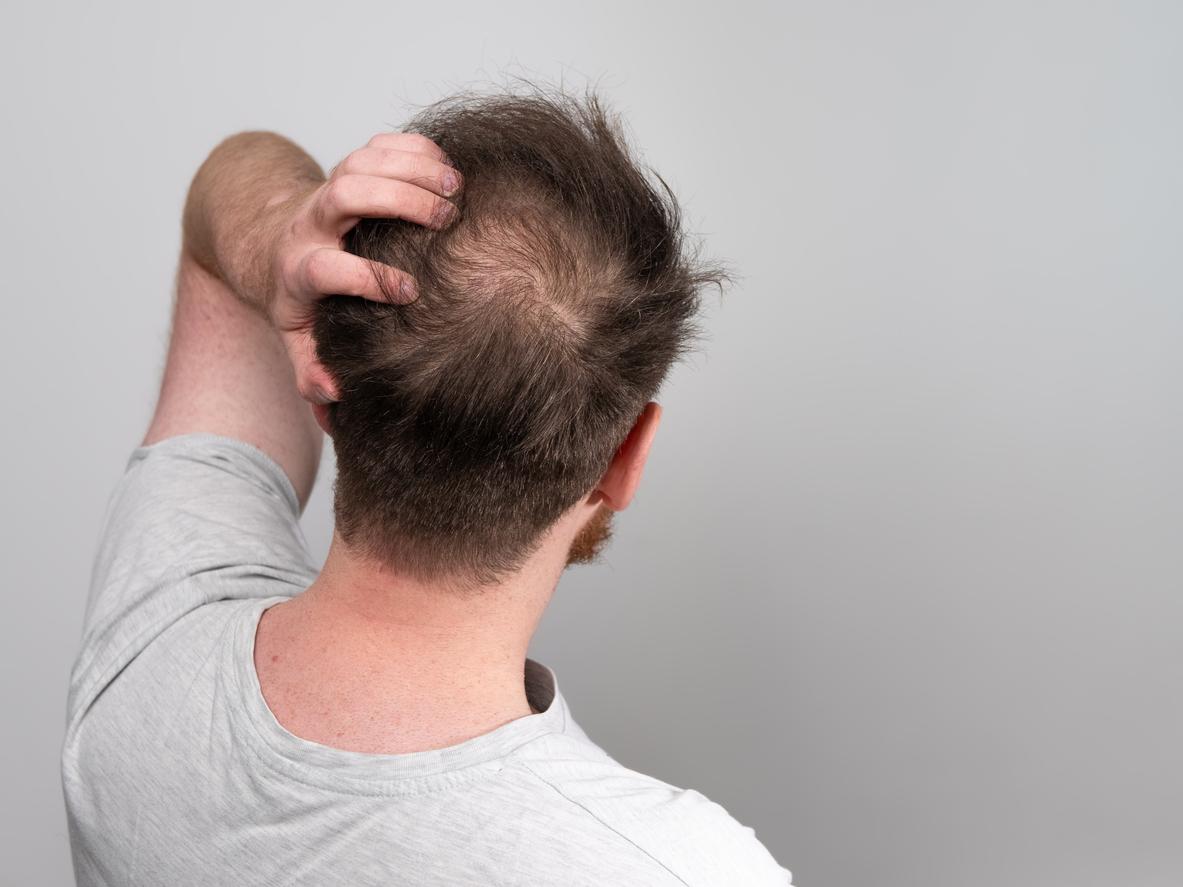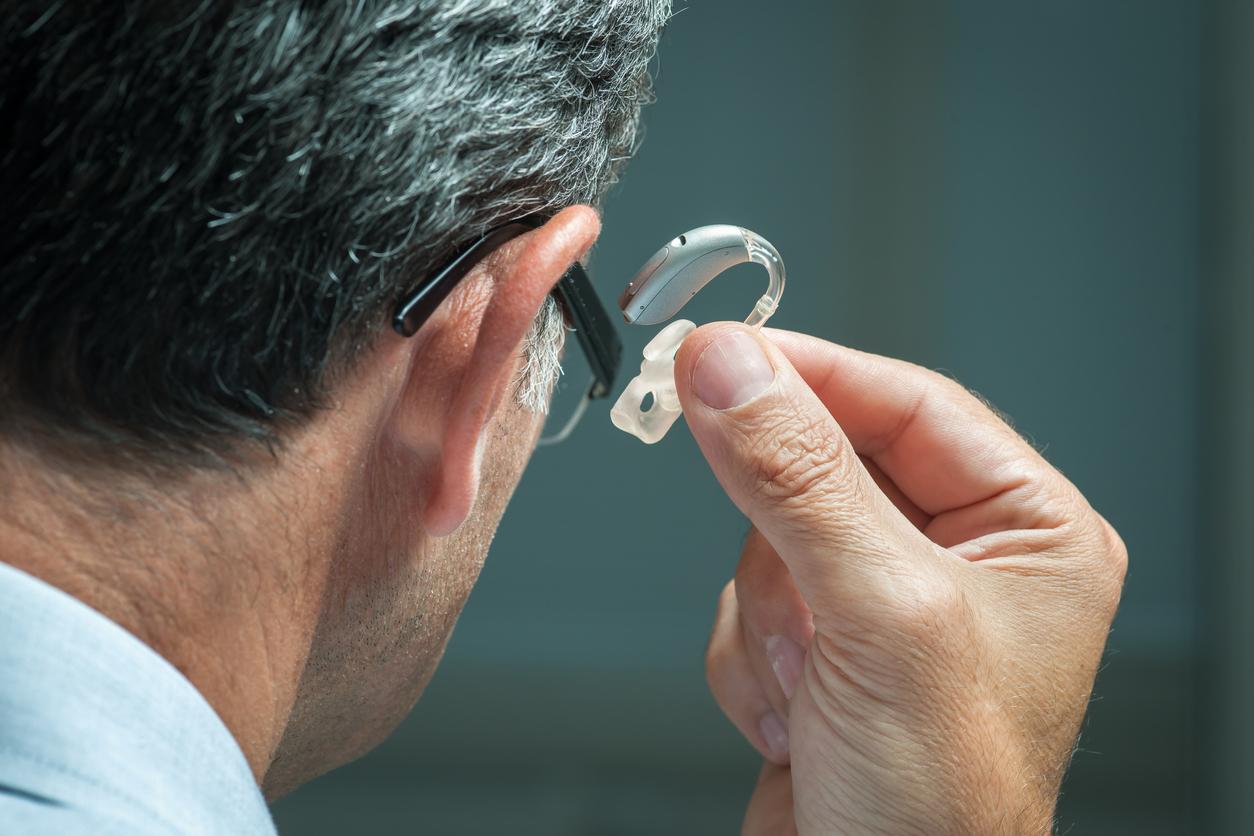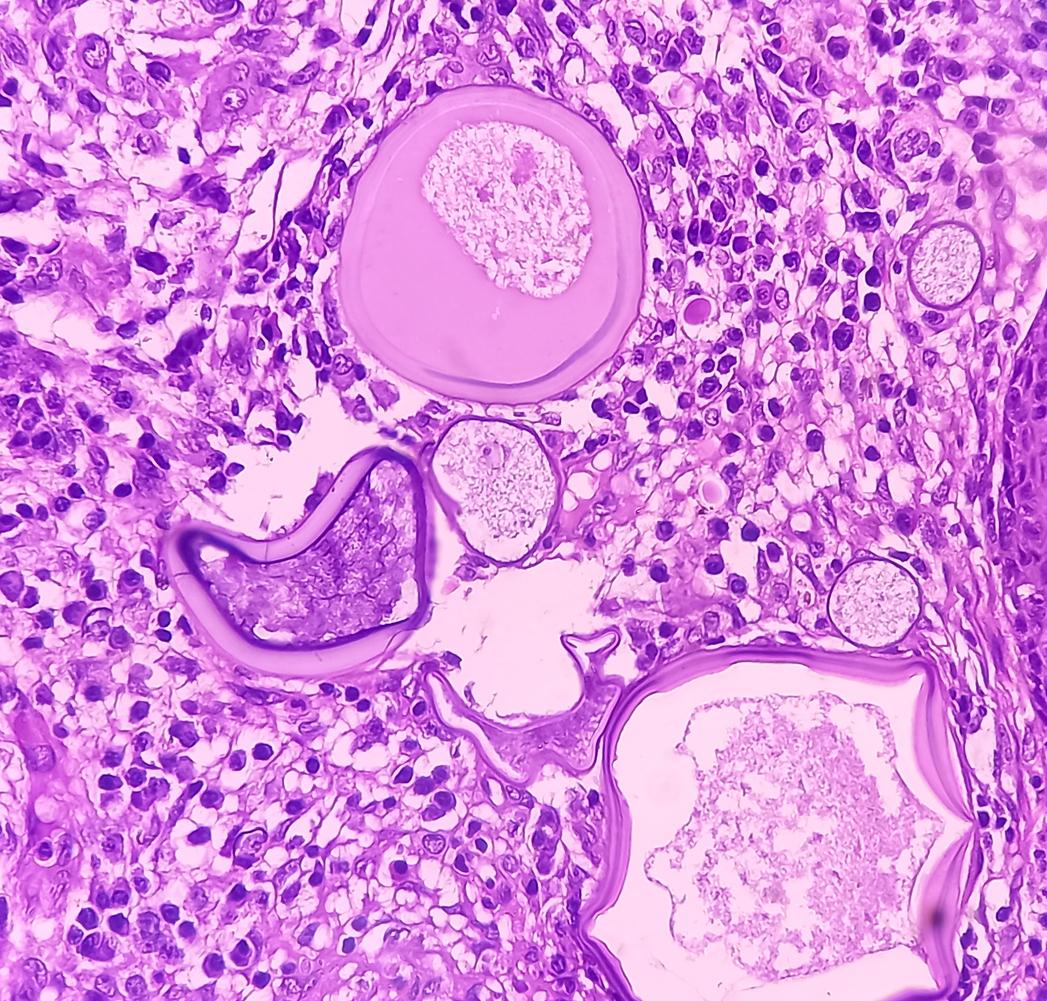A French biologist has just been awarded for his research on the reprogramming of stem cells. Daniel Aberdam succeeded in making cornea from a single hair.
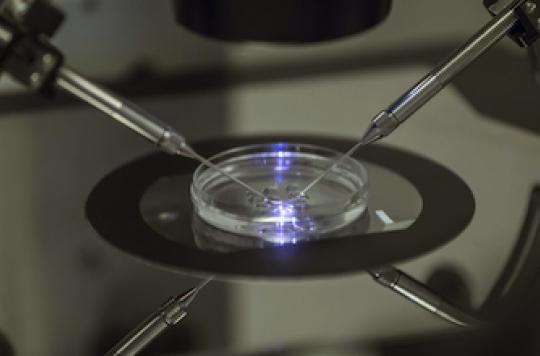
What if hair would one day cure patients with corneal damage? While in 2011, among the 4,639 patients registered on the waiting list, only 61% were transplanted, the work of researcher Daniel Aberdam, awarded by the Academy of Sciences, will perhaps help to overcome this lack of transplantation. Currently in France, nearly 7,000 visually impaired patients are awaiting a cornea transplant. This figure is all the more regrettable as the prognosis following this intervention is excellent.
Hair cells reprogrammed into corneal cells
The cornea is the transparent membrane located at the front of the eye. When it becomes opaque, the eye becomes blind, this is the case in 20% of blindness. After more than ten years of research, the feat of biologist Daniel Aberdam and his INSERM team from Saint-Louis hospital consisted in taking a hair and then putting its cells in in vitro culture. The hair cells were then deprogrammed to then be reprogrammed into corneal cells.
Hope for patients waiting for transplants
The next step for these researchers is obviously to consider transplanting these brand new corneal cells produced from hair into humans. Especially with a graft obtained from a hair of the patient himself, the risk of rejection would be minimal. Indeed, in the context of an autograft, the immune system reacts better. According to Daniel Aberdam and colleagues, this cellular model of the cornea has multiple potential. Not only could it be an effective alternative to the scarcity of corneal donations needed for transplants, but it would also provide support for toxicological testing of new drugs or cosmetic products.
.








